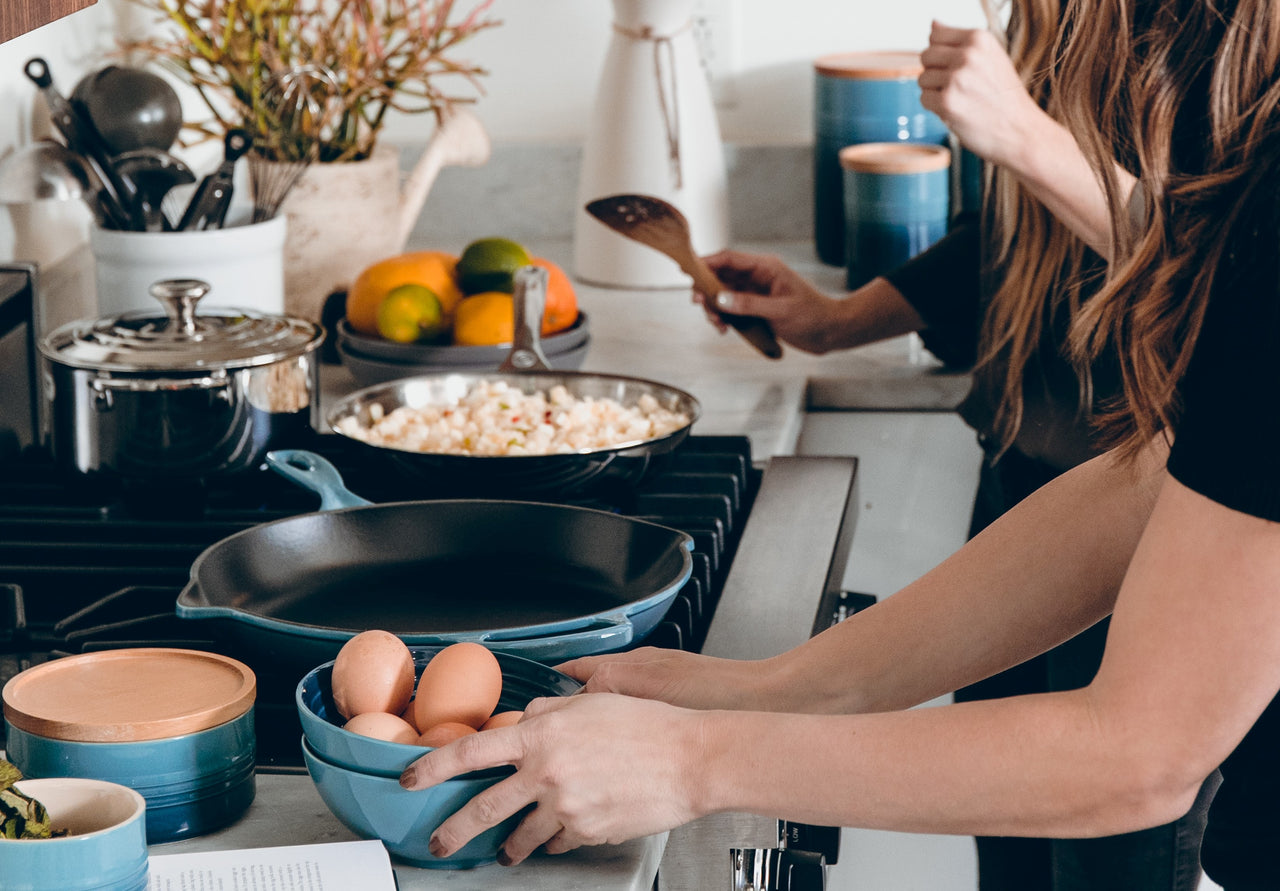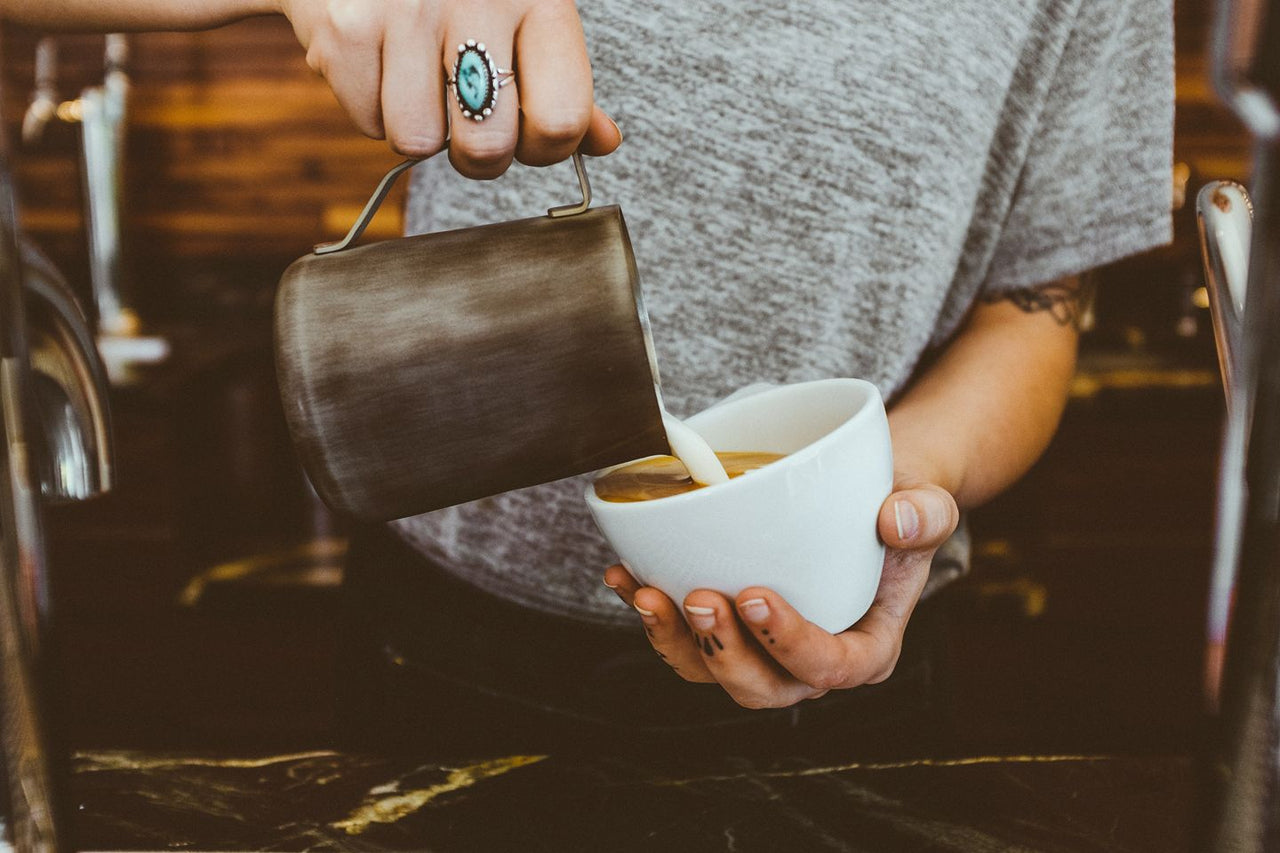Coffee, coffee cupping, Education, Paul's Notes, Sensory Series
Paul's Notes - Sensory memories, the coffee taster's secret weapon
April 21, 2021 | Janet Weber
Coffee, coffee cupping, Education, Paul's Notes, Sensory Series
April 21, 2021 | Janet Weber

You had scrambled eggs for breakfast this morning and you knew what they were. How? Obviously, they looked like scrambled eggs. If you closed your eyes and ate the plate before you, would you know they were scrambled eggs? Obviously, the texture. Ok, so now you can only smell them. No cheating. You still recognize them. How can that be? What’s going on?
I’ll give you a hint, the brain. It recognized the scent. It had smelled eggs before and logged it conveniently for finding later. From that first time you were offered scrambled eggs and now 40 years later, it still knew where to look and what it was filed under all those years ago, “scrambled eggs”. What has made this possible? It’s alright, some never have had scrambled eggs, so there was no data to retrieve. But can we increase the speed of retrieval, you know, increase my personal RAM, my memory speed? Yes.
Let’s taste, not scrambled eggs now, but Caravans Ethiopia Damo Sidama, a personal favorite. Let’s say a few times a week, especially when it is in the Hand Picked Club’s selection that month. Even if you only grind it and then smell the fragrance, you are doing it, storing data to be retrieved later. But then who would do just that? It’s almost cruel. It will be far better to taste it as well. This would bring confirmation to the words already formed, making the memory secure and the actual activity wonderful indeed.
We are going to look at some of these questions. Getting to grips with the science of tasting coffee. There is a word for it in coffee, “sensory science”. That’s what we will be, scientists: the state of knowing: knowledge as distinguished from ignorance or misunderstanding.
-Story by Paul Allen.
-Photo courtesy of Dane Deaner, Unsplash.
